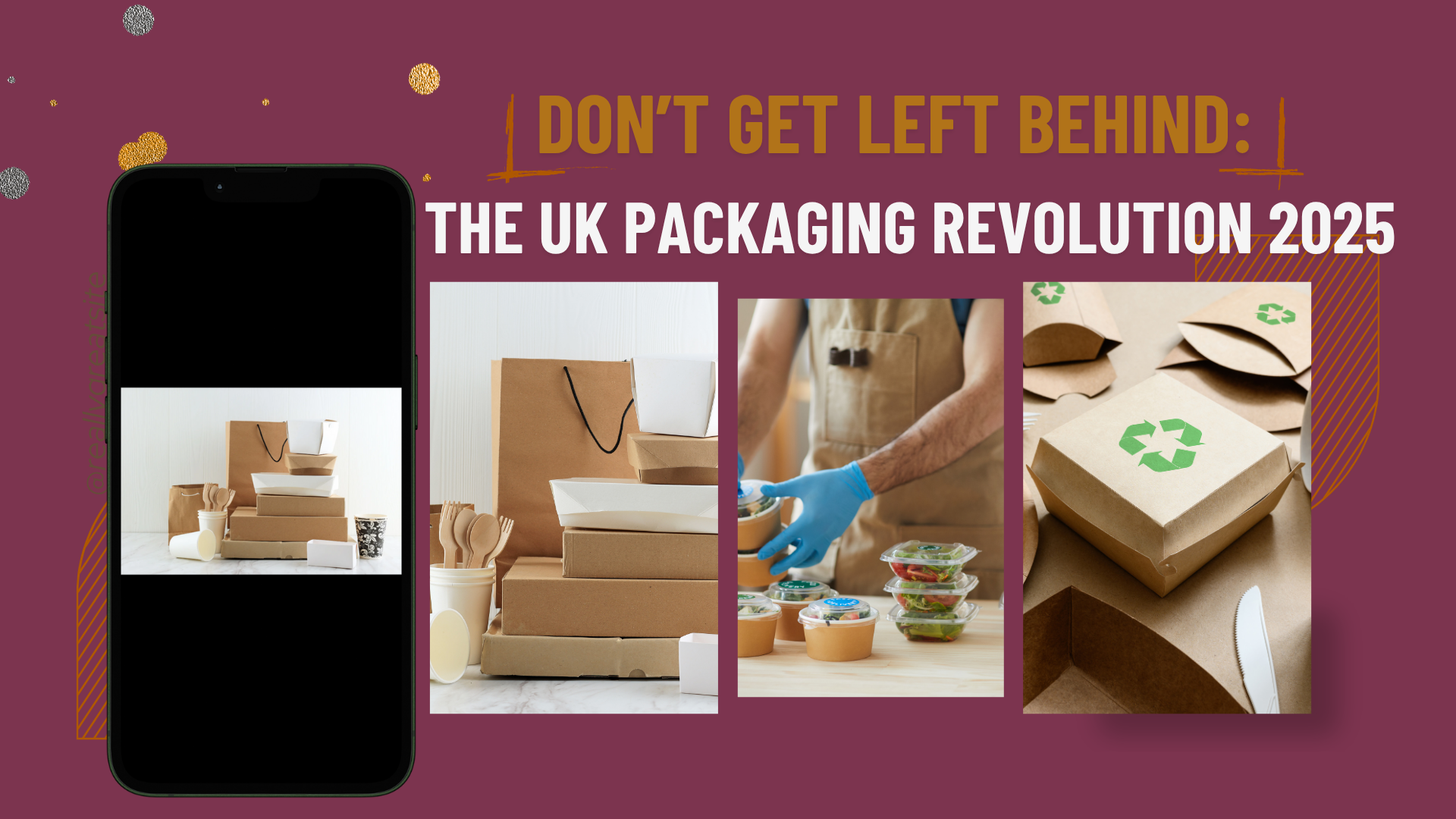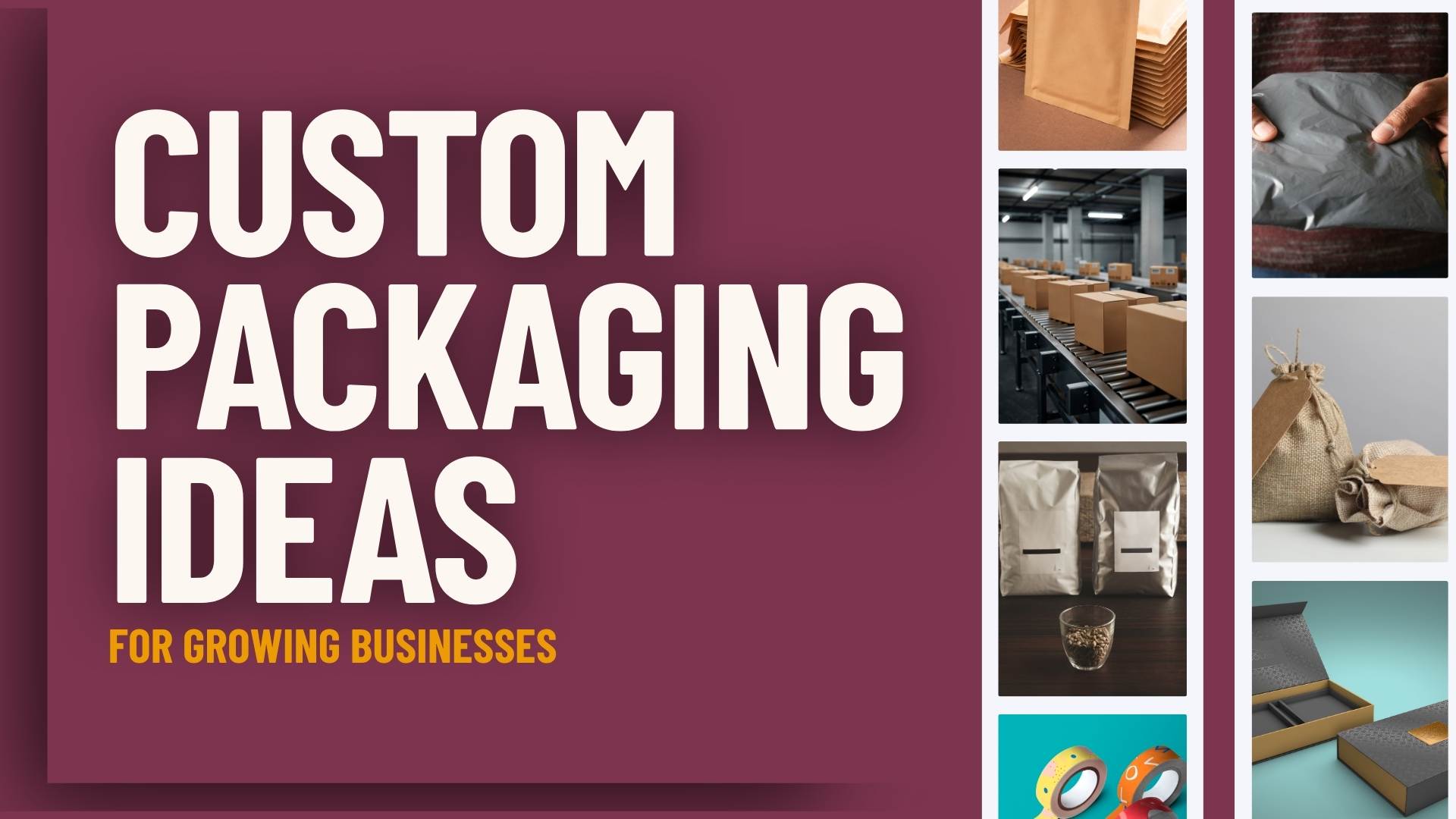For the last five or so years, the UK has been going through a packaging revolution. Major retailers like Marks & Spencer, Aldi, Sainsbury’s, and Tesco are moving away from traditional plastic and want more from their suppliers.
More Eco-friendly materials like cardboard cartons, recyclable paper cups, and reused materials. And the government is introducing stricter rules and taxes on packaging to help reduce waste and protect the environment.
For small businesses, this isn’t just about keeping up with big brands—it’s about staying legal, avoiding extra costs, and showing customers that you care about sustainability.
So whether you sell products online, in-store, or at markets, this guide will help you understand what’s changing and what you can do about it.
What’s Driving the Change?
There are three big reasons why packaging is changing across the UK:
1. Protecting the Environment
There is growing pressure to reduce plastic waste, lower carbon emissions, and ensure packaging can be easily recycled. This is especially important as climate concerns grow and landfills overflow with packaging waste.
2. Changing Customer Expectations
More shoppers are choosing brands that use eco-friendly packaging. People want to buy from businesses that show they care about the planet. If your packaging looks wasteful or non-recyclable, you could lose customers, especially younger ones.
3. Government Regulations
The UK government is bringing in new packaging laws and taxes in 2025. These rules are meant to push businesses, big and small, to:
- Use less packaging,
- Choose recyclable or reusable materials,
- And take full responsibility for the waste they create.
If you ignore these rules, you could face fines or higher packaging costs.
New Packaging Regulations You Must Know in 2025
With those motivations in mind, the next step is understanding the legal changes coming in 2025. These regulations are not just aimed at large corporations—they apply to smaller producers too. Knowing what’s required will help you avoid penalties and plan smarter.
1. Extended Producer Responsibility (EPR) – Coming October 2025
The EPR scheme shifts the cost of collecting and recycling packaging waste from local councils to YOU—the producer.
Who it affects:
Any business that makes, fills, imports, or sells packaged products. Even small businesses and online shops may be included, depending on volume.
What you must do:
- Track and report how much and what type of packaging you use.
- Pay fees based on how recyclable your packaging is.
- Redesign packaging to be more eco-friendly and avoid higher charges.
Why it matters:
If your packaging is hard to recycle (like black plastic or mixed materials), you’ll pay more. This could eat into your margins or raise your product prices.
2. Recycling Assessment Methodology (RAM) – Active from January 2025
RAM is a new system that rates your packaging’s recyclability using a Red, Amber, or Green label. This rating affects the EPR fees you’ll pay.
Key points:
- “Red” means hard to recycle—you’ll pay the highest fees.
- “Green” means easily recyclable—you’ll pay less.
- Applies to packaging made of paper, plastic, glass, metal, and more.
What you must do:
- Assess your packaging using government criteria.
- Avoid “Red” rated packaging (e.g., plastic with metal foil, or unusual coatings).
- Work with suppliers to improve the recyclability of your materials.
Why it matters:
RAM makes it easier for the government to charge more for wasteful packaging, and reward businesses using sustainable options.
3. Plastic Packaging Tax – Ongoing
A tax on any plastic packaging that contains less than 30% recycled plastic.
Current rate (2025):
£200 per tonne of non-compliant packaging.
Who it affects:
All businesses producing or importing 10+ tonnes of plastic packaging per year (if you’re below this, you still must keep records).
What you must do:
- Check the recycled content of all plastic packaging.
- Use more rPET, rLDPE, or recycled polymers if possible.
- File accurate tax returns if you meet the threshold.
This tax directly increases your costs if you’re not using recycled plastic. Choosing compliant materials can save you money.
4. Single-Use Plastics Ban – Enforced Strictly in 2025
What’s banned:
- Plastic cutlery, plates, and polystyrene containers.
- Many takeaway and event-use packaging items.
What you must do:
- Stop using banned items immediately.
- Switch to paper, bamboo, or compostable alternatives.
- Ensure your suppliers are compliant—don’t assume they are.
There are fines and inspections happening now. Using banned plastic—even unknowingly—can hurt your business legally and reputationally.
5. Deposit Return Scheme (DRS) – Rolling Out in Phases
A new scheme where customers pay a deposit on drinks bottles or cans, which they get back when they return the container.
What you must do (if in drinks sector):
- Label your bottles for DRS compliance.
- Prepare logistics for returns if you sell directly.
- Adjust pricing to include the deposit.
If you produce or sell drinks, especially in plastic or glass, you’ll need to prepare now for these changes. Failing to do so could result in product recalls or legal action.
If you want to dive deeper into what these changes mean for your business, don’t miss our full guide on UK Packaging Regulations in 2025. It breaks down the new rules, timelines, and action steps to help you stay fully compliant.
Business Impacts: Risks & Opportunities
Understanding the rules is one thing, but knowing what they mean for your business is another. These changes pose real risks if ignored, but also present valuable opportunities if addressed early.
The Risks if You Don’t Adapt
- Fines & Penalties: Not following new rules like EPR or the single-use plastics ban can cost you money.
- Rising Costs: Non-recyclable packaging means higher taxes (like the Plastic Packaging Tax).
- Bad Publicity: Customers and social media move fast—if your brand is seen as wasteful, it can damage your reputation.
- Losing Customers: More people want to buy from businesses that care about sustainability.
The Opportunities if You Do
- Customer Loyalty: People are proud to support eco-conscious businesses.
- Lower Long-Term Costs: Reusable or recycled packaging can reduce tax bills and shipping costs.
- Stand Out from the Crowd: Sustainable packaging is a great marketing point.
- Stay Ahead of the Curve: Being proactive now saves you from rushing later.
Practical Strategies for Small Businesses
So, how do you move from compliance to action? These hands-on strategies are designed specifically for small businesses looking to stay ahead, without needing massive budgets or teams.
Switch to Sustainable Materials
Small businesses can make an immediate impact by choosing sustainable packaging materials. Instead of traditional plastics, opt for cardboard, paper, recycled PET (rPET), or compostable alternatives. Swap out plastic wraps for paper sleeves or eco-friendly fillers. These changes not only reduce environmental harm but also help present your brand as responsible and forward-thinking.
Want more ideas? Check out our article on sustainable packaging solutions for practical tips, examples, and inspiration to make your packaging greener without stretching your budget.
Reuse Boxes and Packaging
Reusing shipping materials is both eco-friendly and cost-effective. Purchasing second-hand boxes, which are typically 30–50% cheaper, can significantly cut costs. This practice reduces your carbon footprint and helps keep usable materials out of landfills, making it a smart move for environmentally conscious businesses.
Conduct a Packaging Audit
Start by examining your current packaging. Determine whether it’s recyclable, if it’s overly excessive, or if it could be redesigned for efficiency. A proper audit helps you identify wasteful practices and opportunities for improvement. There are various tools and suppliers available to guide small businesses through this process and recommend greener alternatives.
Work Closely with Your Suppliers
Engage your suppliers in sustainability discussions. Ask for details about recyclability, recycled content, and plastic-free options in the materials they provide. It’s also essential to confirm that your suppliers are aware of the upcoming 2025 packaging regulations to ensure your entire supply chain remains compliant.
Train Your Team
Educate your staff about packaging-related sustainability. This includes understanding recycling symbols, how to properly dispose of materials, and how to implement eco-friendly packaging practices. A well-informed team ensures your business stays compliant, minimises waste, and consistently supports your environmental goals.
Key Packaging Shifts in UK Retail – What Big Brands Are Doing (and What You Can Learn)
Many of the UK’s biggest retailers are already leading by example. By studying their changes, you can find inspiration—and practical ideas—to apply to your own operations.
Aldi: Less Plastic, Smarter Packaging
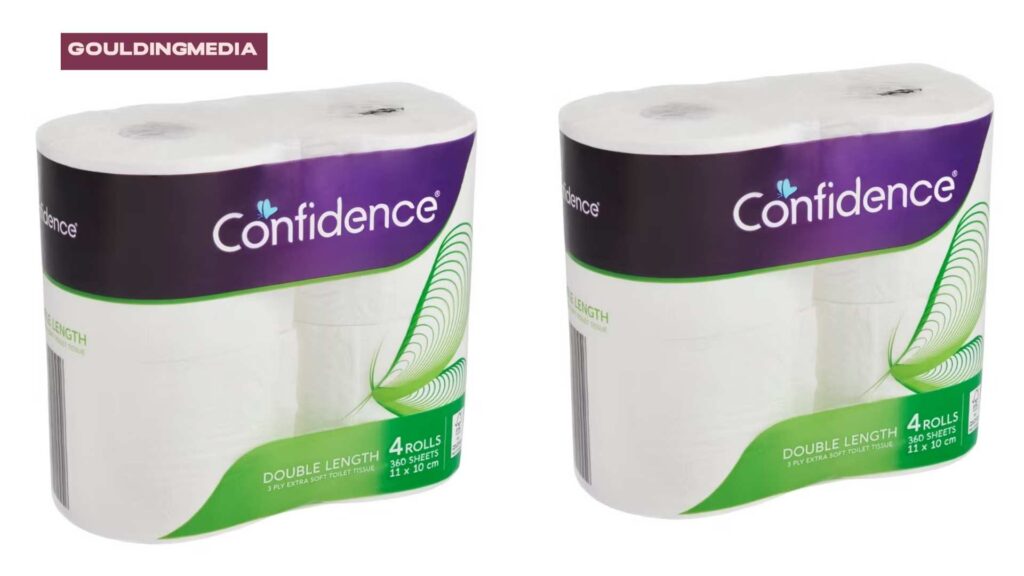
- Aldi now sells double-length toilet rolls to use less plastic overall.
- Fewer rolls mean less packaging and fewer delivery trips, which saves fuel and cuts emissions.
- Takeaway for small businesses: Think about how changing the size, shape, or amount of your product can reduce the need for packaging.
Marks & Spencer (M&S): Plastic-Free Coffee Cups

- M&S launched 100% paper-based coffee cups—no plastic lining inside.
- These cups are fully recyclable and still work for hot drinks.
- Takeaway: If you use takeaway packaging (like cups, containers, or boxes), try switching to plastic-free options that customers can recycle easily.
Sainsbury’s: Detergents in Cardboard
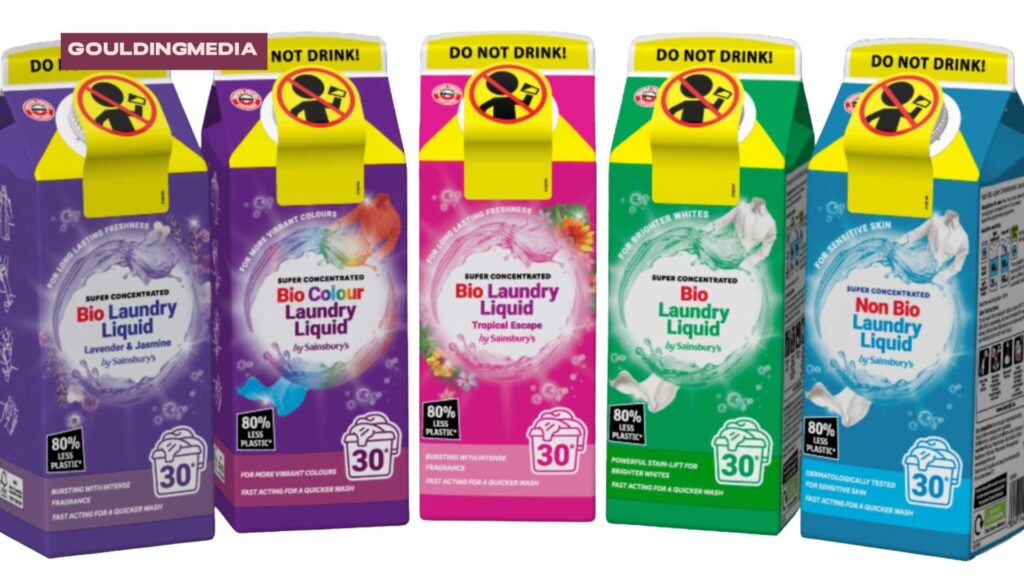
- Sainsbury’s replaced plastic bottles for liquid detergents with cartonboard boxes (like juice cartons).
- It’s still leak-proof but made from mostly paper—easier to recycle.
- Takeaway: Even if your product is a liquid, there are new paper-based options available. Ask your supplier.
Tesco: Cardboard for Laundry Pods

- Tesco moved from plastic tubs to cardboard boxes for laundry pods, cutting 250+ tonnes of plastic each year.
- These boxes are child-safe, stackable, and recyclable at home.
- Takeaway: Cardboard isn’t just for dry goods anymore. It’s getting stronger and smarter—great for eco-friendly packaging that customers trust.
Lidl: Less Plastic & Cleaner Supply Chains
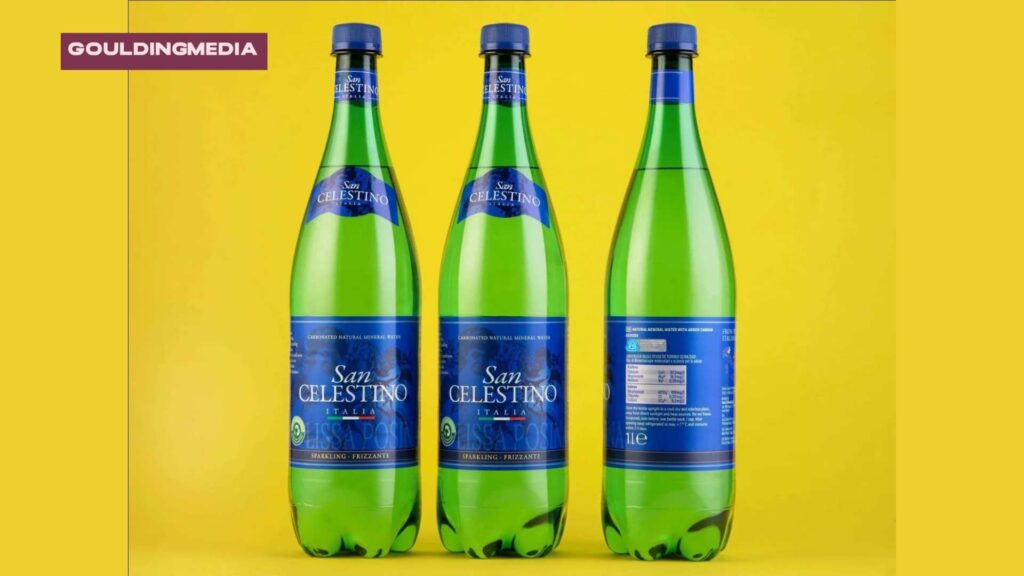
- Lidl now sells beef mince in vacuum packs that use two-thirds less plastic.
- They’re also using recycled plastic bottles made from ocean-bound waste.
- Takeaway: You don’t have to go fully plastic-free overnight. Start by using less plastic or switching to materials with recycled content.
Final Thoughts
All these changes can feel like a lot. But the businesses that take smart, small steps today will be the ones that succeed tomorrow. The packaging revolution isn’t slowing down—so now’s the time to act.
And if you’re not sure where to start, we at Goulding Media can help. From eco-friendly packaging ideas to making sure you meet new legal requirements, we work with small businesses to turn compliance into an opportunity. Get in touch—we’d love to help you stay ahead.

